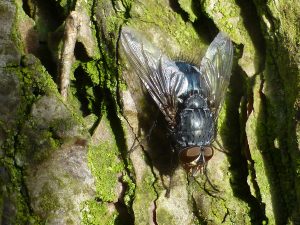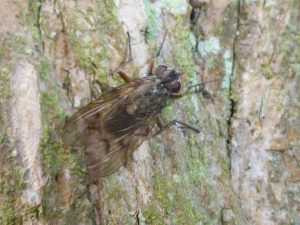Birds Thirty-seven species of birds were recorded in the ‘Botanics’ in February 2014. Highlights were one or two Goosanders on the Pond on three days (9th, 10th, 13th), and another visit by a Buzzard (13th). The Grey Wagtail continued to visit the small pond in the Demonstration Garden until 14 February but has not been seen, perhaps understandably, since work began in that area the following week to remove the yew hedge and some of the trees. Maybe it will return once things have settled down. There has been an increase in birdsong as the month has gone on. Up to four Song Thrushes are now singing in different parts of the Garden, good news for this declining songbird. Several Dunnocks, Wrens and Robins are defending territories by singing. Blackbirds have yet to start singing, however. The full bird list for February is: Blackbird, Blackcap, Black-headed Gull, Blue Tit, Bullfinch, Buzzard, Carrion Crow, Chaffinch, Coal Tit, Curlew, Dunnock, Feral Pigeon, Goldcrest, Goldfinch, Goosander, Great Spotted Woodpecker, Great Tit, Greenfinch, Grey Heron, Grey Wagtail, Herring Gull, Jackdaw, Long-tailed Tit, Magpie, Mallard, Mistle Thrush, Moorhen, Oystercatcher, Redwing, Robin, Siskin, Song Thrush, Sparrowhawk, Stock Dove, Tree Creeper, Wood Pigeon, Wren.
Insects The Orange Ladybirds continued to hibernate on tree bark near the John Hope Gateway. Some fly species began to emerge, including the bluebottle species Calliphora vicina which can now be seen on sunny days sunning itself on the trunks of trees (it seems to like pines), and a small drab brown fly called Phaonia tuguriorum which was seen on the bark of an ash tree on 27th. Both it and the bluebottle species were new records for the Garden although both are apparently common. No bees, wasps or butterflies have yet been seen, although by the end of the month there were plenty of flowers like crocuses and rhododendrons in bloom to attract them.


